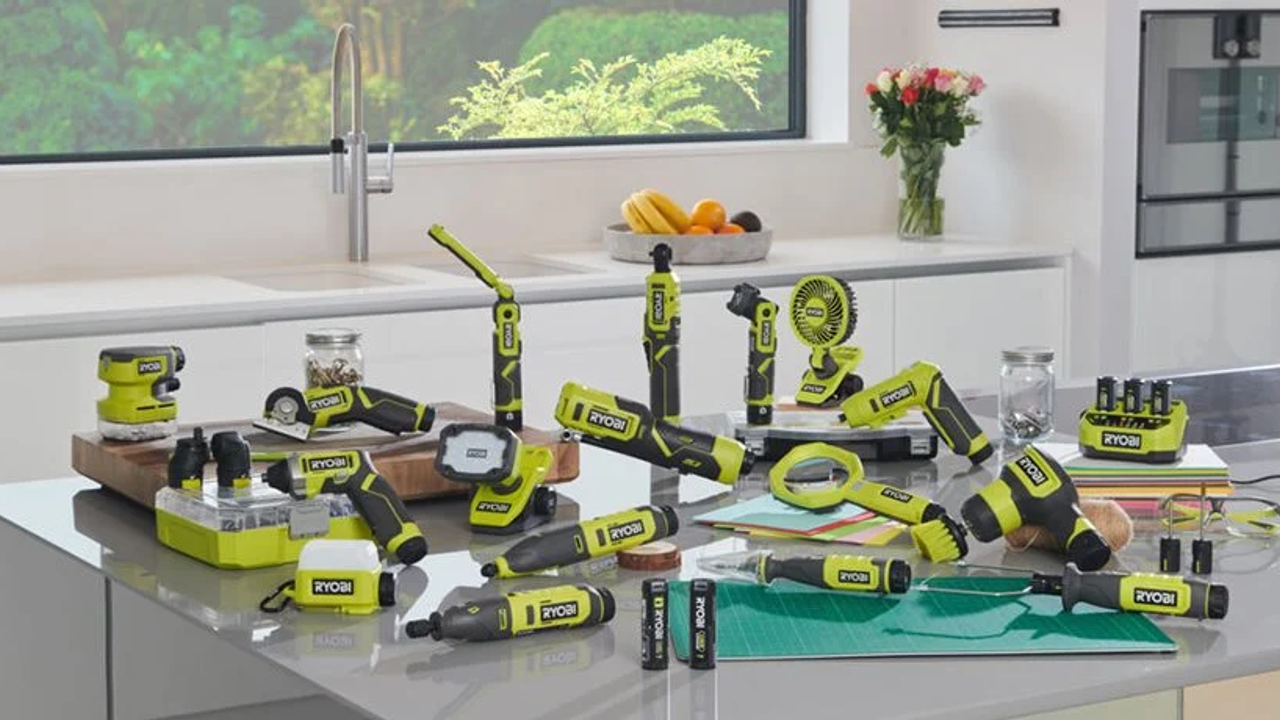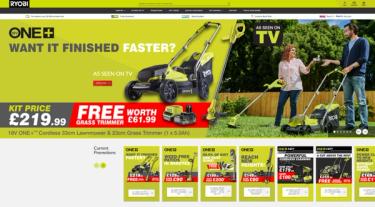
Using UX testing to drive decision making
- Construction
- Discovery & scoping
- Design, UX & UI
- Kentico
Tags
The brief
Working closely with Ryobi's team every step of the way, from redeveloping their platform to transitioning to a transactional eCommerce website, our latest project with Ryobi looked to improve their product pages. Embarking on a UX journey, we set out to boost the performance of their product pages and ensure they were delivering maximum return.
Initially Ryobi’s site was a traditional brochureware website without eCommerce functionality. First launching their eCommerce offering in 2021, Ryobi now has the solid foundations in place to start improving their eCommerce site.
Product pages are the lifeblood of a transactional site. They need to deliver the user with all the right information, in the right place, to ensure a smooth user journey and encourage conversions. Ryobi wanted to make sure their product pages were doing just that. To do this, we embarked on a UX testing phase.
As an international brand, testing across their key markets was a priority. Historically facing contrasting design feedback across the different markets, Ryobi had to differ across their sites to accommodate speculated varying user needs in each market. Testing meant we could identify if there were any contrasting requirements and back up design decisions with real data.
The aim was to understand who Ryobi’s users were, their objectives for visiting the site, any challenges they may face and their browsing habits.

The solution
We conducted several steps of research and testing, including:
1. Persona definition
Working with Ryobi, we narrowed the personas down to 3 main categories.
Using the M3 exercise (Mission, Mindset and Method) we put ourselves in the users' shoes to generate ideas on how we can meet their needs on the website.
2. Competitor analysis
Next, we conducted a competitor analysis for each market. This allowed us to rank how other businesses presented their products against Ryobi and score them against UX best practices. Using a traffic light system, we rated individual elements on the product pages to show if it was done well (green), could be improved (amber) or if an element was not included on the page and could negatively affect a user journey (red).
3. First impression testing
This involved showing users a product page and asking them a series of questions across the four markets. Questions asked users to click on areas of the page where they would expect to see certain information. The results showed us if they successfully located where this information is found, or if they expected it to be located elsewhere. Using this we could gauge how well pages were communicating the product information and gain valuable feedback from users on potential conversion blockers.
4. Remote usability review
Product experience tool, HotJar, was placed on the site and left running in the background to record user sessions. Using click maps and session recordings, we were able to analyse how users navigated around the site and how they interacted with various content.

The results
Using the insights gained from our testing, we provided Ryobi with a comprehensive list of recommendations for improvement. Having previously faced a multitude of contrasting feedback from their teams across the varying markets, many of their product pages differed from market to market. With our research and data in hand, we could back up design decisions with real data and implement consistency across the markets. We are now working with Ryobi to action these recommendations in design which will then be developed and launched. Following the launch, pages will be tested again to validate the changes and ensure they have made the positive impact expected.


